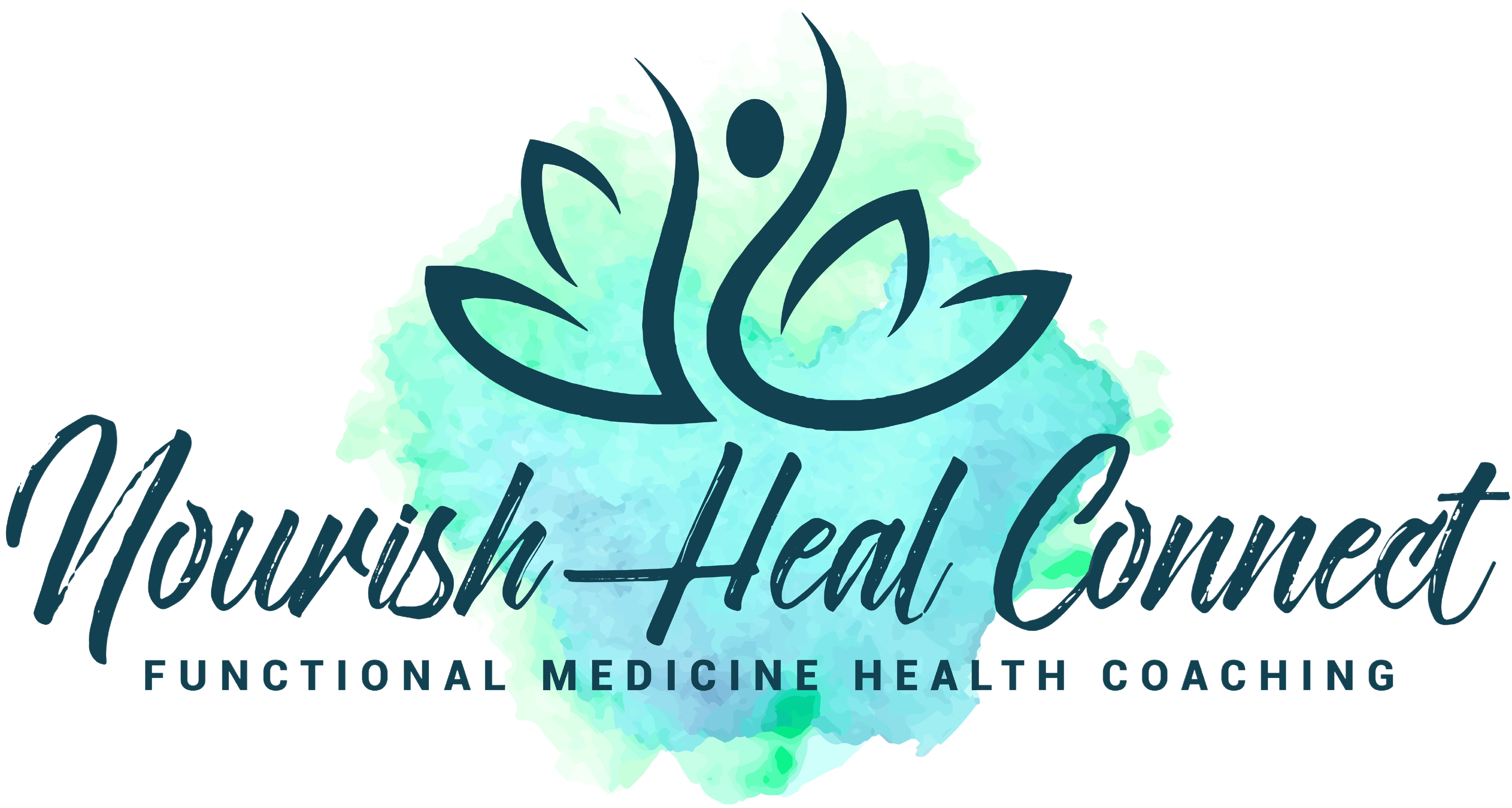Which wolf are you feeding? (and why it changes how you look at life)
– Henry David Thoreau
The psychologist, Rick Hanson has said, “The brain is like Velcro for negative experiences and like Teflon for positive ones. ” This means that we are primed to look for bad news and makes it easy for us to become easily stressed by our emphasis on “what’s wrong” in our life. This explains our “negativity bias” and why we are so inclined to look for and remember negative experiences over positive ones.
However, he has also said that you can learn how you can use your mind to train your brain since your brain takes the shape of the mind that it rests on. This is based on the concept of neuroplasticity and means that your brain can change and adapt and create new neural pathways throughout your life.
Thinking makes it so
You can learn how to compensate for your brain’s negativity bias by actively looking for and choosing the good, especially in all the micro-moments in your day. As you do so, you will find that every day is filled with endless possibilities that bring you joy, connection and serenity and makes you feel happier, peaceful, more caring, open and motivated for action.
These conditions for happiness is already present inside of you. As the Zen master and teacher Thich Nhat Hanh says, you will have to find a way to “water the good seeds of positivity“. But creating more positivity in your life is not simply a matter of wishful thinking or good intentions.
Which “wolf” are you feeding?
Here I share with you a story about two wolves.
One evening an old Cherokee or native Indian told his grandson about a battle that goes on inside people. He said, “My son, the battle between two “wolves” is inside us all. “One is evil. It is anger, jealousy, envy, sorrow, regret, greed, arrogance, self-pity, guilt resentment, inferiority, lies, false pride, superiority and ego. “The other is Good. It is joy, peace, love, hope, serenity, humility, kindness, benevolence, empathy, generosity, truth, compassion and faith.” The grandson thought about it for a minute and then asked his grandfather “Which wolf wins?” The old Cherokee simply replied, “The one you feed.”
As you can see, you will need to learn to prime your mind and alter the patterns by choosing activities that help to keep reinforcing it.
What is positivity?
The more we can go beyond the one size fits all terms to express our emotions beyond happy and good and can verbalise how we feel, the more we can benefit from all these positive emotions. Also, we need to keep in mind that these emotions are fleeting and ever changing. So it’s not about getting fixated on any particular one. By allowing yourself to explore these emotions, you are creating space for positivity in your life.
Whether it’s a moment of joy, inspiration, gratitude, it can be squashed pretty easily if we are not paying attention. Keeping this in mind, we need to make sure that we are paying attention to our lives and rather than willing ourselves to feel these positive emotions, we need to be present for them and allow them to happen.
A game of reminders
Simply put, the more you do something, the easier it gets. The more often that you remind yourself that you intend to see more good in your life and incline your actions towards them, the more you will be open to them when they arise. And when you remain aware of your intention to see more joy, happiness, love, hope, gratitude in your life, the more likely you are to make choices to support it.
Doing an activity repeatedly changes the structure of the brain. However, even imagining the same activity has an impact on the neural structure. By actively imagining feelings of happiness or recalling happy experiences and visualising them can help make those changes in your brain and bring more positive emotions in your life.
